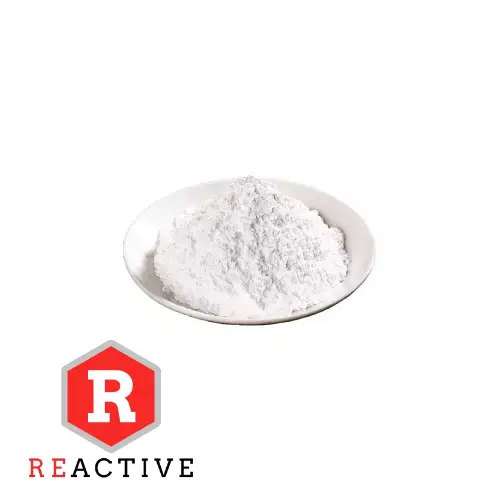The reactive magnesium oxide precipitation nickel hydroxide process is a common method for recovering nickel from nickel-containing solutions. The principle of this process is to utilize the precipitation reaction of reactive magnesium oxide and nickel ions to generate nickel hydroxide.
The process of reactive magnesium oxide precipitating nickel hydroxide process is as follows:
Pretreatment: The nickel-containing solution undergoes pretreatment such as pickling and impurity removal to increase the nickel ion concentration and remove impurities that affect the precipitation reaction.
Add reactive magnesium oxide: Slowly add reactive magnesium oxide to the pretreated nickel-containing solution and stir evenly.
Reaction: Under appropriate temperature and pH conditions, reactive magnesium oxide reacts with nickel ions to form nickel hydroxide precipitate.
Separation: To separate the nickel hydroxide precipitate from the solution, filtration, sedimentation, extraction and other methods can be used.
Drying: Dry the separated nickel hydroxide precipitate to obtain the nickel hydroxide product.
The key process parameters of the reactive magnesium oxide precipitation nickel hydroxide process include:
Dosage of reactive magnesium oxide: The dosage of reactive magnesium oxide is related to factors such as nickel ion concentration and solution pH value. Generally, the dosage of reactive magnesium oxide is about 1.5 times the nickel ion concentration.
Reaction temperature: The reaction temperature is generally 40 to 60°C.
Reaction pH value: The reaction pH value is generally 7 to 8.
The reactive magnesium oxide precipitation nickel hydroxide process has the following advantages:
Process application
The reactive magnesium oxide precipitation nickel hydroxide process is widely used in the recovery of nickel-containing solutions, including laterite nickel ore, nickel sulfide ore, salt lake brine, etc.

